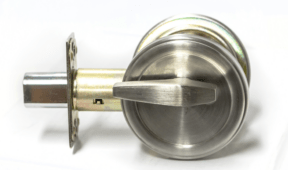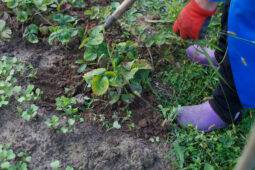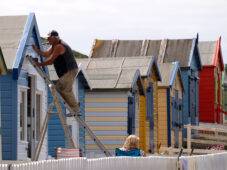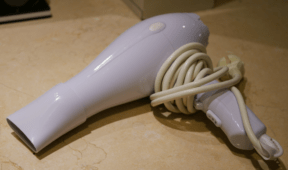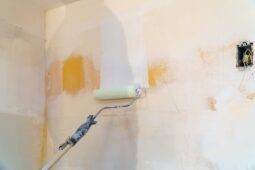Don’t Let This Common Plumbing Problem Ruin Your Home
Plumbing problems can go unnoticed until they cause significant damage. One of the most common yet often ignored issues is a slow-draining sink or shower. While it might seem like a minor inconvenience, it can quickly escalate into costly repairs if not addressed.
The Hidden Danger of a Slow Drain
A slow drain is usually caused by a buildup of hair, soap scum, grease, or debris in your pipes. If left untreated, this blockage continues to grow, eventually leading to a complete clog. This can result in water backup, pipe damage, and even leaks that cause structural damage to floors and walls. In worst-case scenarios, the pressure buildup can lead to burst pipes, requiring expensive emergency repairs.
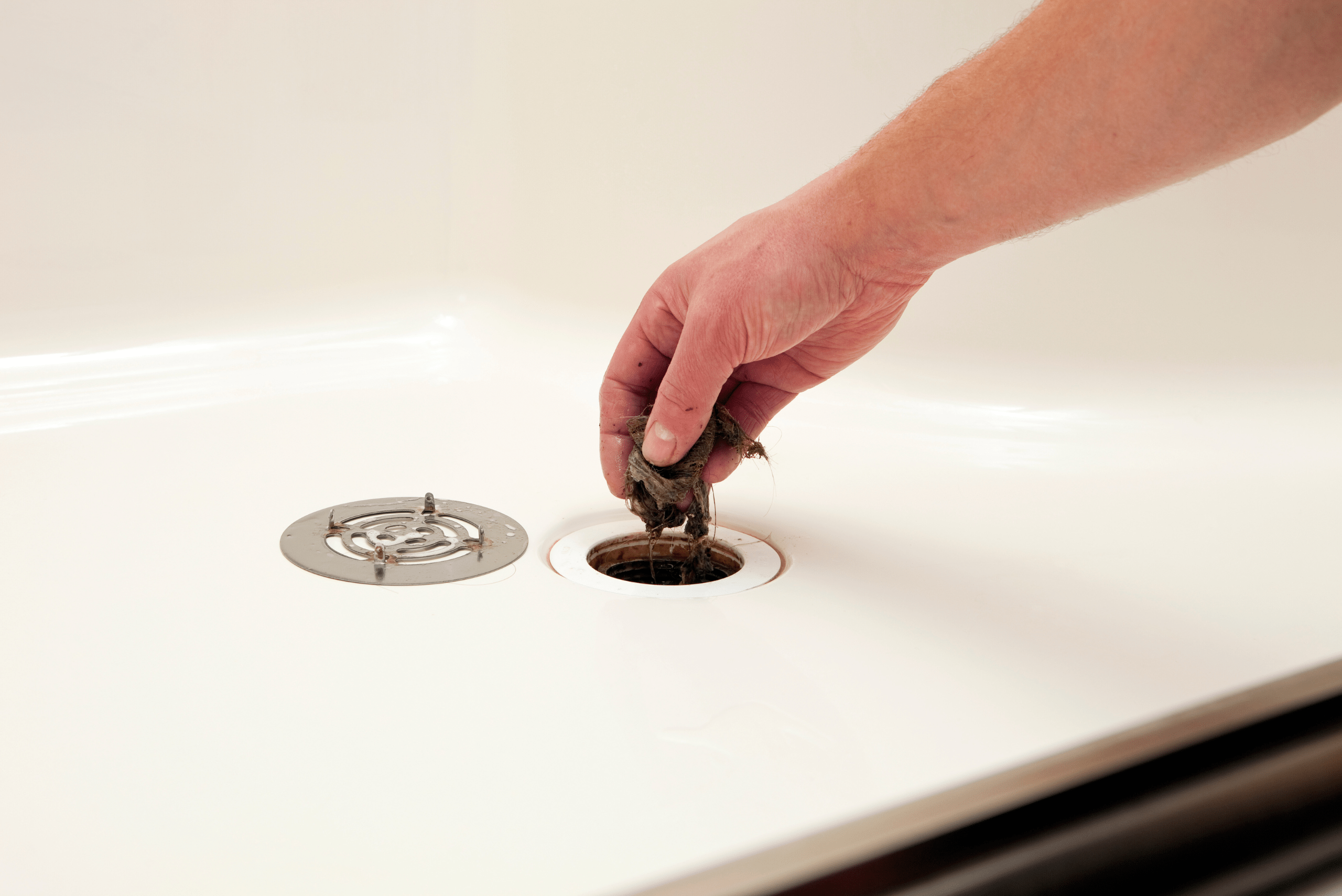
How to Fix It Before It Gets Worse
The best way to prevent a major plumbing disaster is to address slow drains as soon as you notice them. Regularly clean your drains using a mixture of baking soda and vinegar, or use a drain snake to remove hair and debris. Avoid chemical drain cleaners, as they can corrode pipes over time. If the problem persists, calling a plumber early can save you from a costly repair down the line.
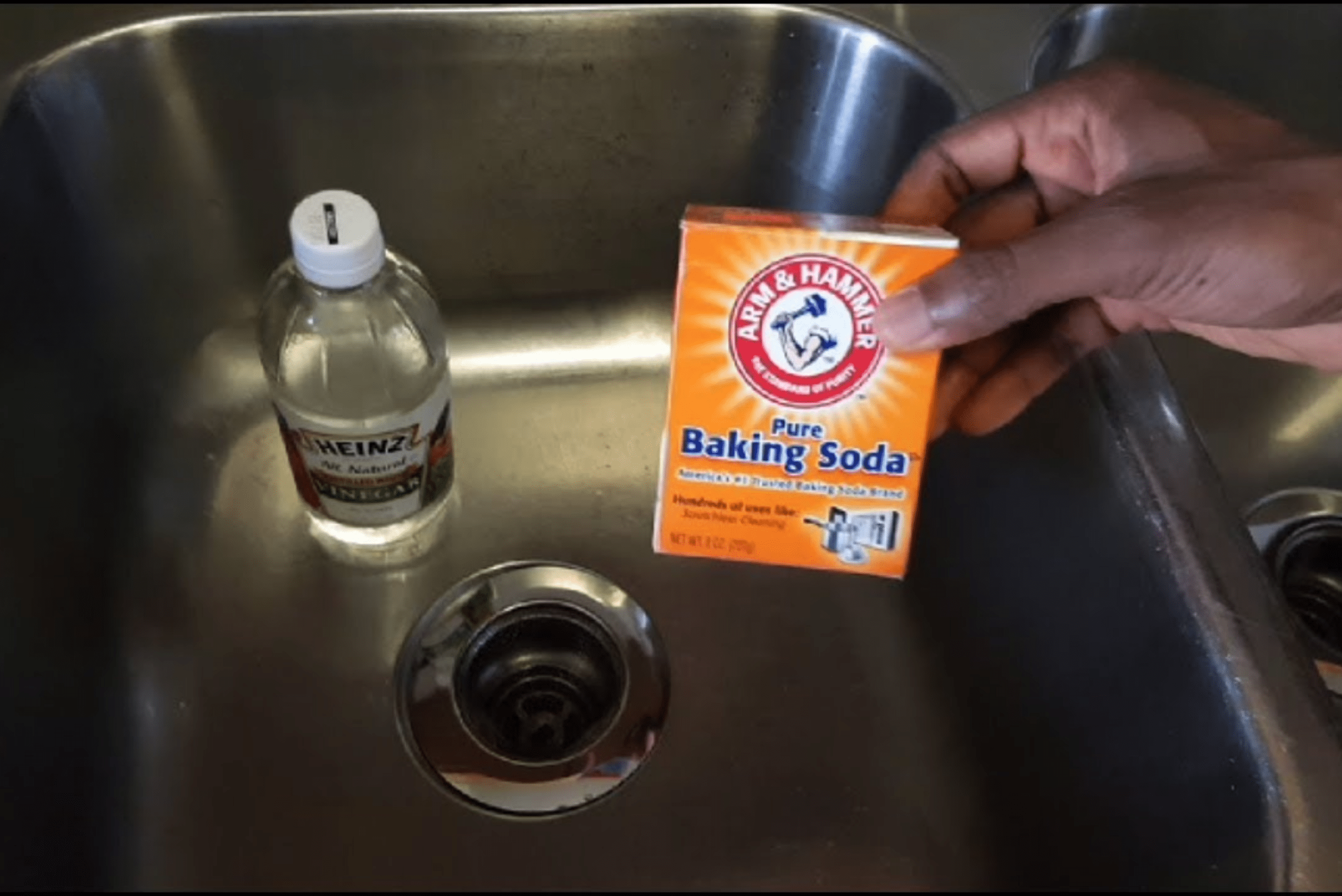
DIY Tools to Fix a Slow Drain
If you’re dealing with a slow drain, having the right tools can make the job much easier. A drain snake (or plumber’s auger) is one of the most effective tools for removing hair and debris lodged deep in pipes.
A plunger can also help dislodge minor clogs by creating suction and pushing the blockage through. Additionally, a drain cover or hair catcher can prevent future clogs by stopping debris before it enters the pipes.
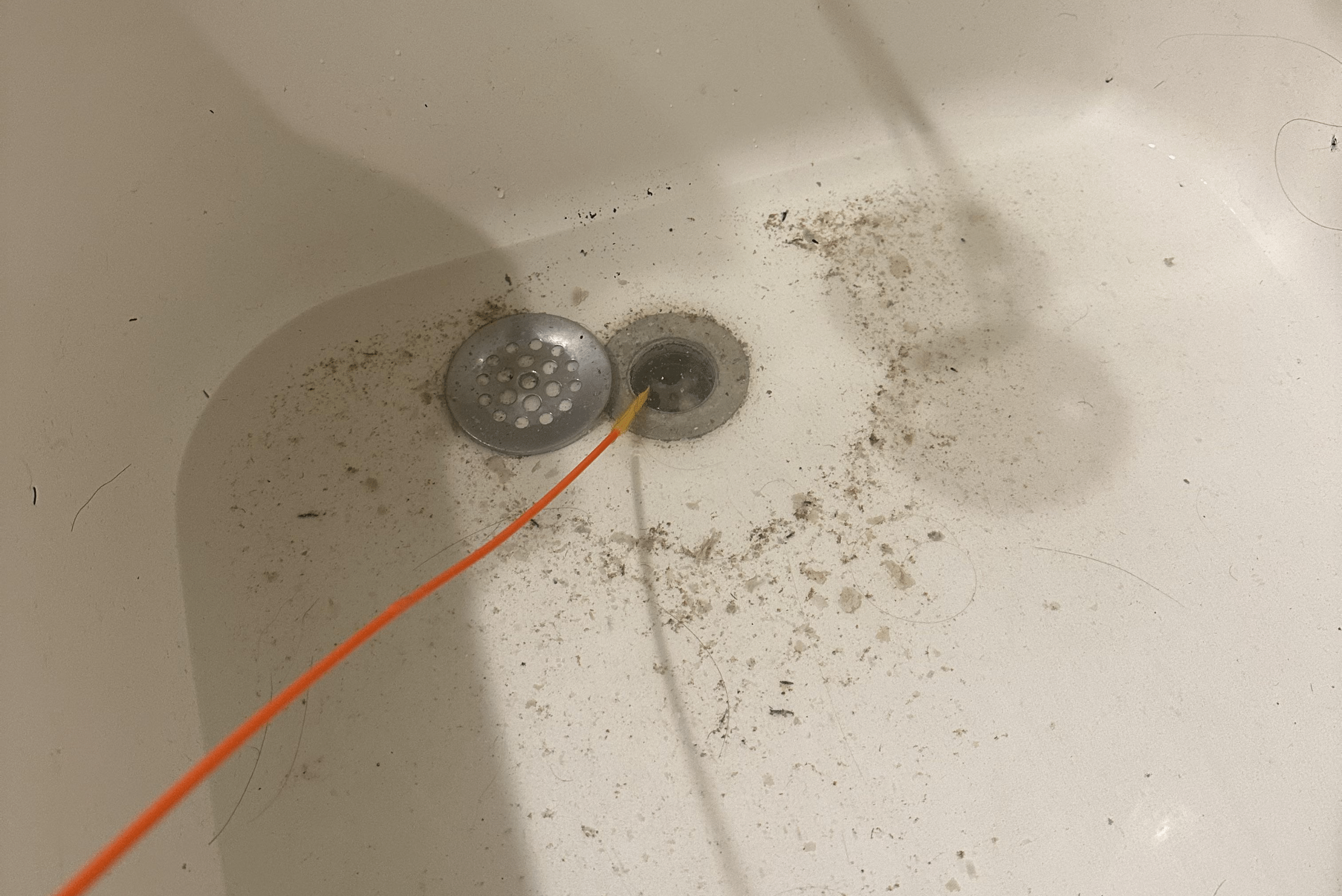
Common Causes of Slow Drains
A slow-draining sink or shower is often caused by everyday buildup that accumulates over time. Hair, soap scum, and grease are the most common culprits in bathroom drains, while kitchen sinks tend to clog due to food particles, cooking oil, and coffee grounds.
Mineral deposits from hard water can also narrow pipes, making it easier for debris to get trapped. In some cases, tree roots infiltrating outdoor plumbing lines can lead to slow drainage throughout the home. Identifying the root cause can help you take the right steps to clear the blockage before it worsens.
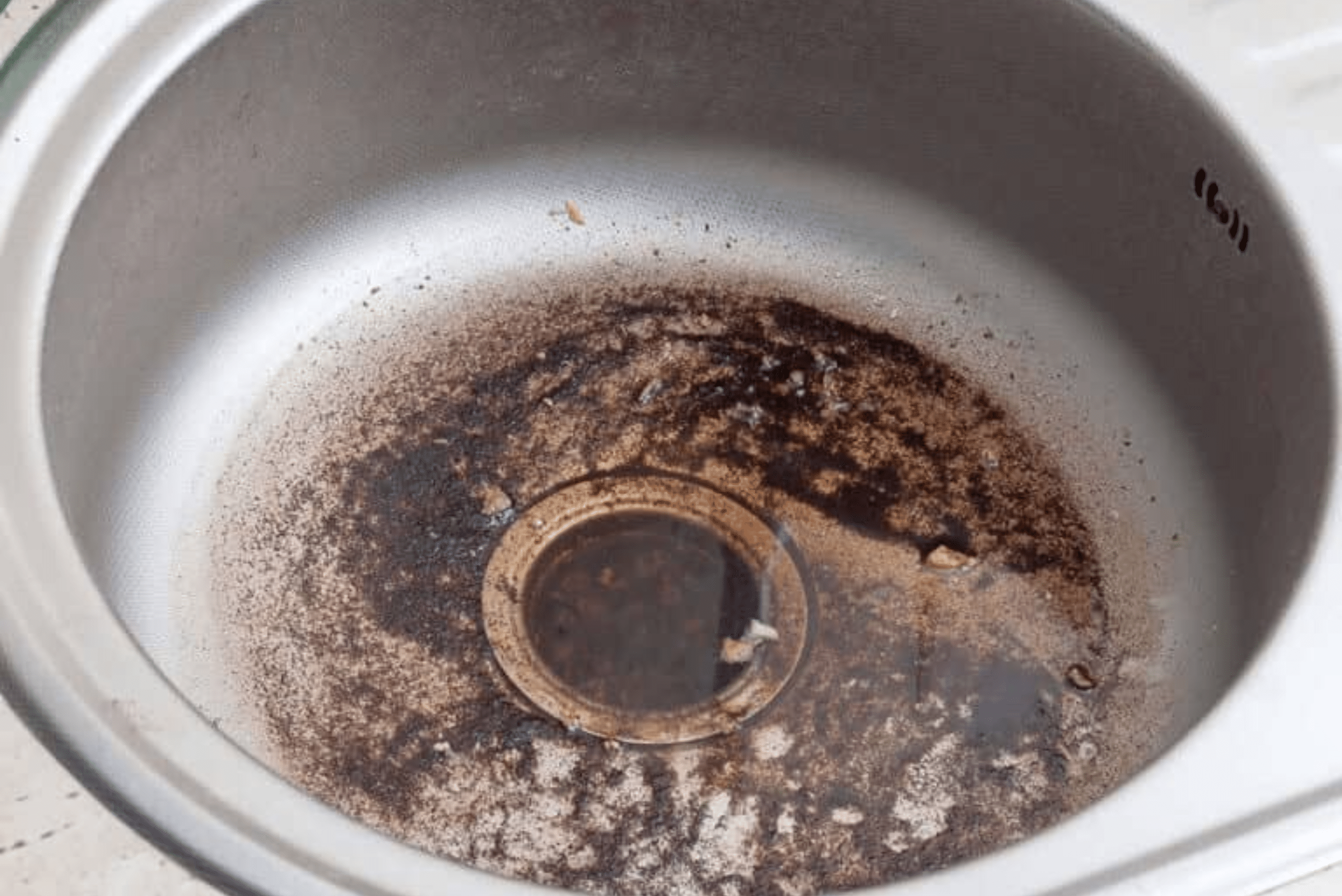
When to Call a Plumber for a Slow Drain
While DIY methods can resolve minor clogs, there are signs that indicate a professional plumber is needed. If multiple drains in your home are slow at the same time, it could point to a deeper issue in your main sewer line.
Gurgling sounds from your pipes, foul odors, or water backing up in unexpected places—like your bathtub when you flush the toilet—are all warning signs of a more serious blockage. In these cases, professional tools like hydrojetting or camera inspections may be necessary to fix the problem before it turns into a full-blown plumbing emergency.
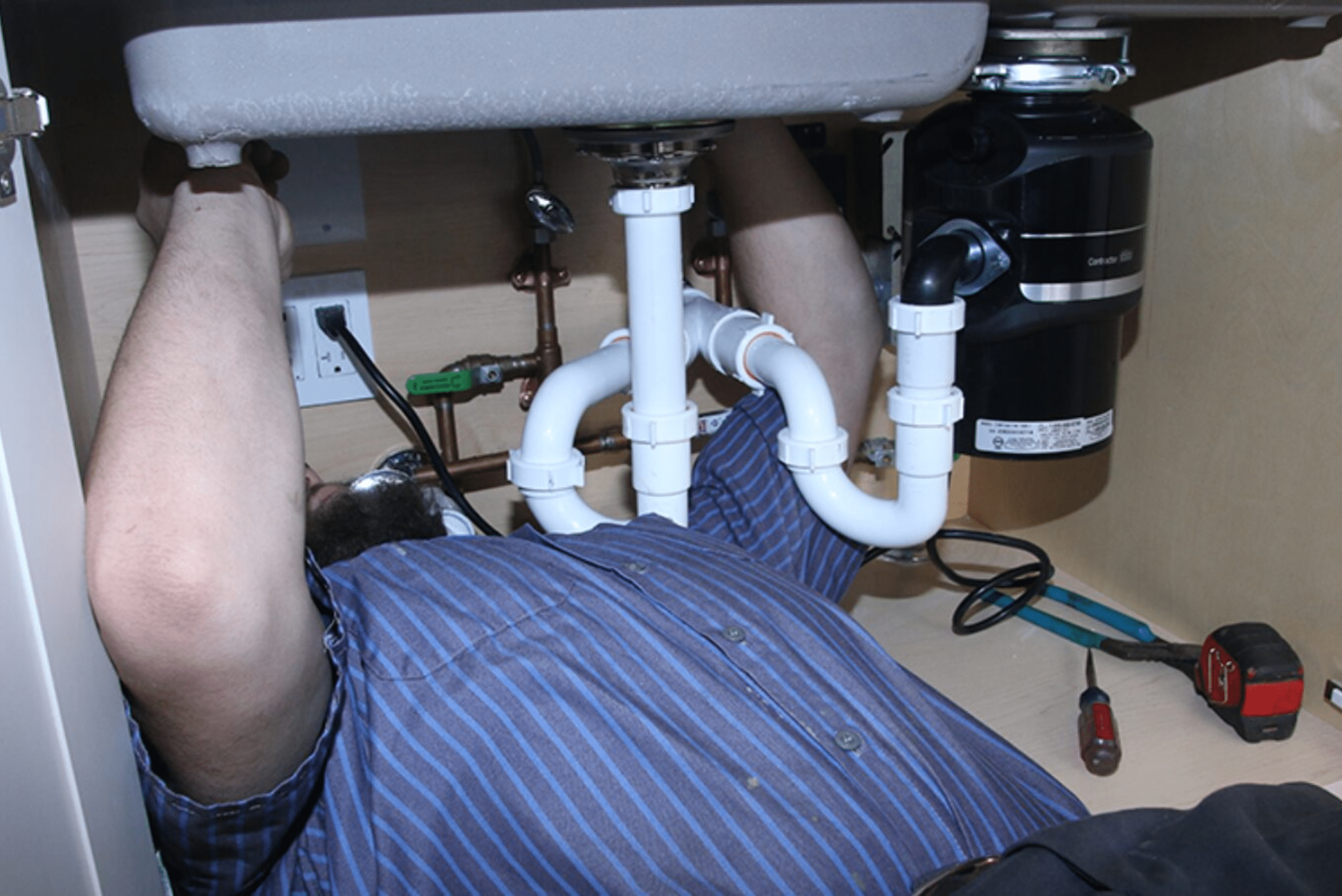
Related Articles
- How To Unclog A Toilet Without A Plunger
- How to Unclog a Garbage Disposal When It’s Completely Jammed
- Avoid Clogs by Keeping These Items Out of Drains
A slow drain might not seem urgent, but ignoring it can lead to serious plumbing damage and expensive repairs. By taking quick action and maintaining your drains regularly, you can protect your home from unnecessary water damage and keep your plumbing system running smoothly.


